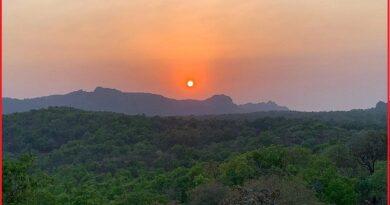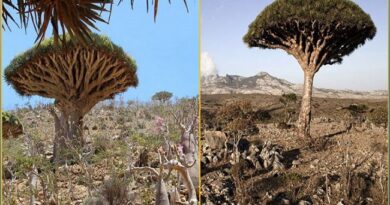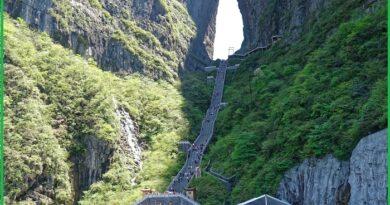The Okavango Delta-Largest Inland Delta and an African Oasis
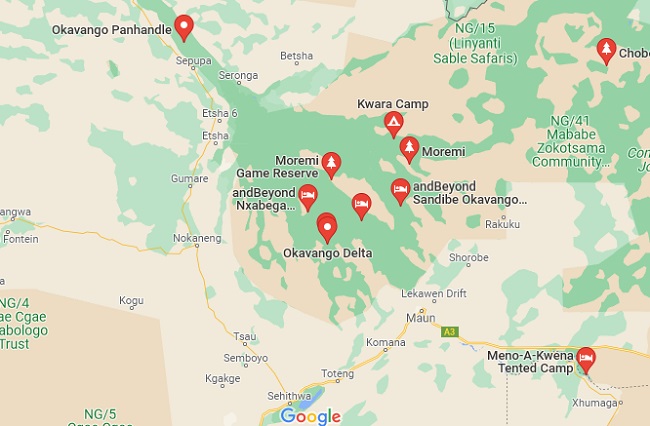
The water that flows in Okavango Delta in the Kalahari desert does not come from Botswana. It comes from Angola’s and Namibia highlands almost 1100 kilometers and two political borders away. Angola’s summer rains fall into the country’s central highlands, where they’re soaked up by the spongey, peat-rich landscape of the river Cubango and into the Cuito, the two rivers responsible for delivering around 2.5 trillion gallons of water first into the Okavango River and then in Okavango Delta each year.
The Cubango-Okavango River Basin covers 125,000 square miles in Angola, Namibia, and Botswana and provides water for 1 million people. The majority of people rely on livelihoods like agriculture, fishing, forestry, and tourism that draw on the region’s natural resources. Viewed from low orbit above the African continent, Okavango Delta shows up as a bright bluish-grey alluvial fan carved into northern Botswana, For thousands of kilometers.
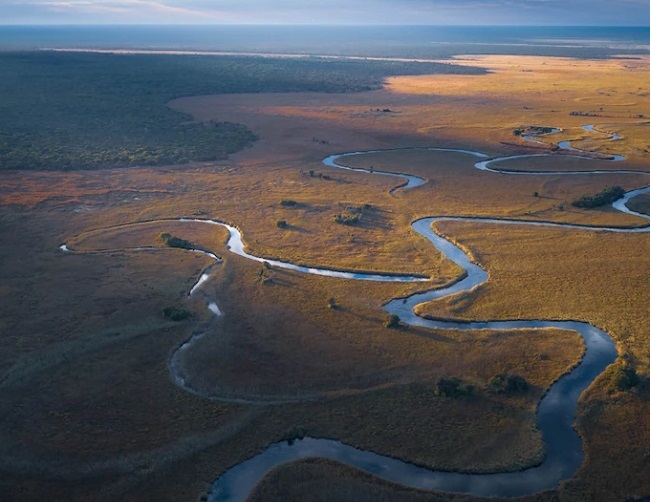
Geology of the area
The geology of the area, a part of the African Rift Valley System, has resulted in the ‘capture’ of the Okavango River that has formed the Delta and its extensive waterways, swamps, flooded grasslands, and floodplains. The Okavango River, at 1,500kms, is the third-largest in southern Africa. The Delta’s geomorphological features play important role in hydrology, determining water flow direction, inundation, and dehydration of large areas within the Delta system. The site is an outstanding example of the combination of climatic, geomorphological, hydrological, and biological processes that shape the Okavango delta system.
The geomorphic features such as islands, channels, riverbanks, flood plains, oxbow lakes, and lagoons are continued transforming in their shape, in turn influencing the dynamics of the Delta including dryland grasslands and woodland habitats. The Delta provides an extraordinary vibrant wetland in an arid landscape. Floods trigger spectacular wildlife displays- Okavango delta lion, African Elephant, Buffalo, Red Lechwe, Zebra, and other large animals playing, and drinking the clear waters of the Okavango delta having survived the dry autumn season.
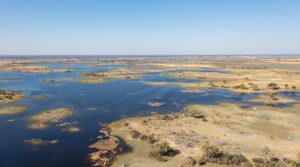
Okavango national park habitats are species-rich with 1061 plants, 89 fish, 64 reptiles, 482 species of birds, and 130 species of mammals. The natural habitats of Delta are diverse and include permanent and seasonal rivers and lagoons, permanent swamps, seasonally flooded grasslands, riparian forests, dry deciduous woodlands, and island communities.
Okavango delta tours
This delta comprises permanent Okavango swamp and seasonally flooded plains. It is one of the very few major interior delta systems that do not flow into a sea or ocean. With an intact wetland system, the inhabitant’s native plants and animals have synchronized their biological cycles with these seasonal rains and floods.
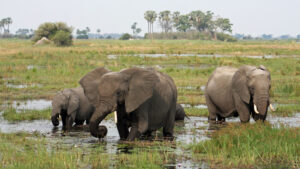
Okavango Delta is the best Geotourism destination but limited with small, temporary tented camps with access by air. Surrounding Facilities are carefully monitored for environmental standards and have a minimal ecological impact. The Okavango Delta safari camp provides some of the best safari experiences in Africa with wildlife, accommodation, riding, and guiding. It also boasts some of the most varied safaris in Africa with a great range of safari activities on offer including walking safaris, riding safaris, Mokoro safaris, boating, balloon, and helicopter safaris.
Also read- Torres Del Paine National Park and Granite massif, Chile
Okavango Delta offers a wide variety of accommodation in three broad categories – water, land, and mixed camps, depending on the activities. Water camps provide the opportunity to get the experience of the delta itself. its unique waterways, birds, and aquatic creatures make it a wonderful experience. Land-based camps focus on some interesting game which is attractive to the oasis in the desert. Mixed camps provide both land and water for both activities.

Mombo camp is the ‘Mother of all Camps’ in Okavango Delta. Mombo maintains the traditions and history of the ecotourism of the Delta. Kwetsani Camp is located, west of Mombo and north of Jao, and on the border of the Moremi Game Reserve. Kwetsani’s main activities center around a safari because this area boasts one of the most intensive populations of wild animals in the world. Nxabega Okavango tented camp is known for elegant tented accommodation, which boasts breathtaking views of both mature woodlands and seasonally flooded grasslands. Apart from this, the Pom Pom Camp is located on Pom Pom Island in the heart of the Okavango Delta. The scenic island is the soul of safari tradition. Some other camps are Duba plain camp, Qorokwe camp, Xaranna Okavango delta camp, Tuludi camp, Mopiri camp, and Gomoti plain camp.

